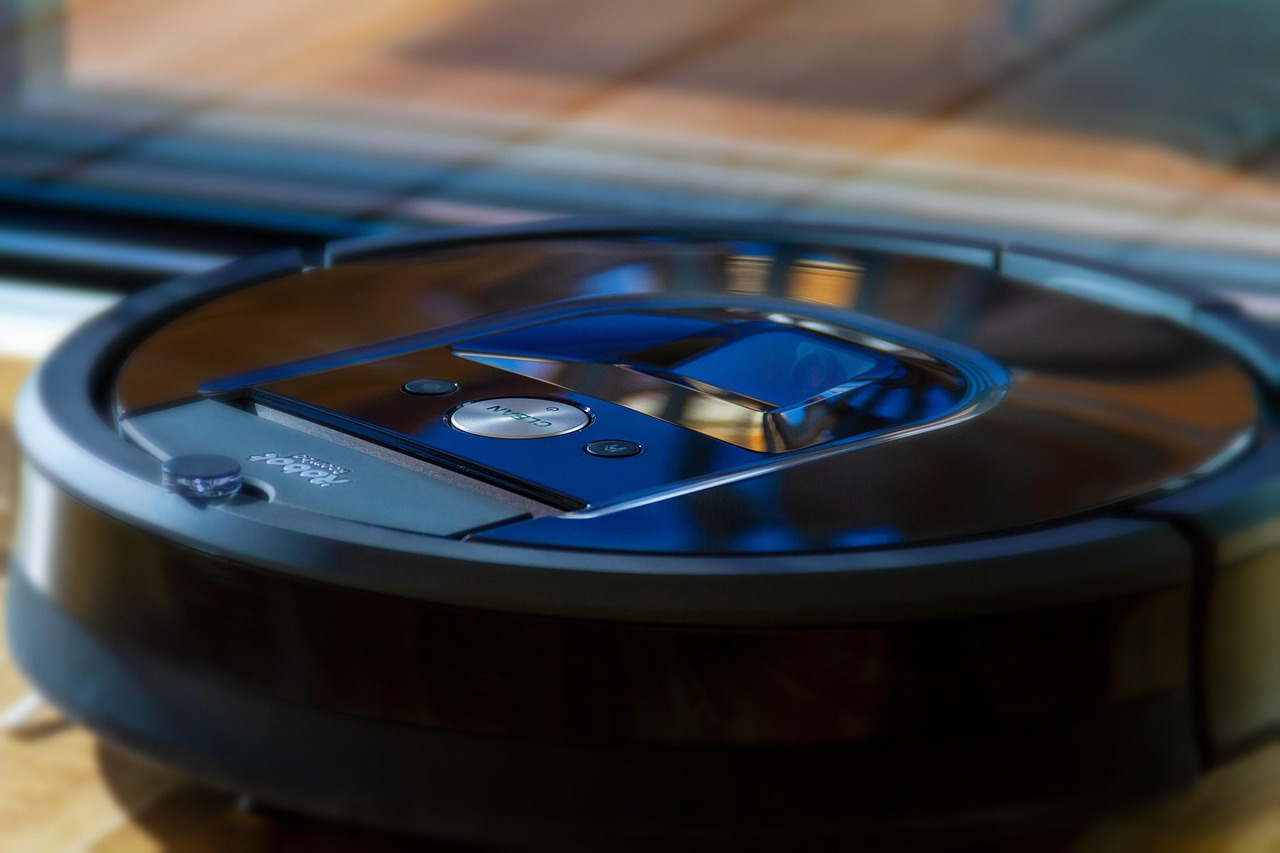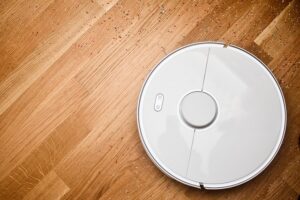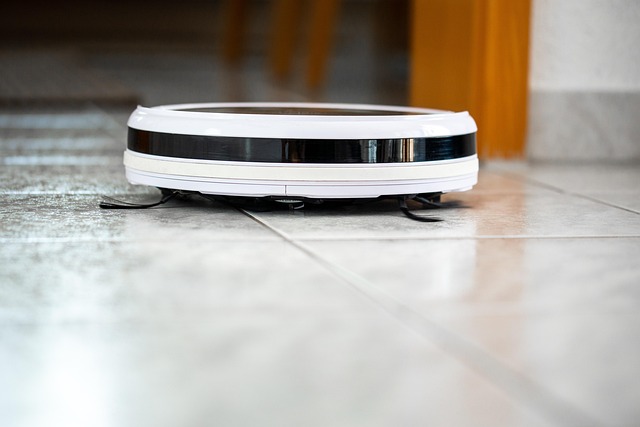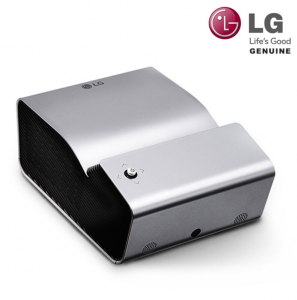
Imagine coming home to a clean floor without lifting a finger. That’s the magic of robot vacuums. The use of a robotdammsugare has transformed household cleaning, making it simpler and more efficient than ever before. With just the push of a button, or even through an app on your phone, you can let technology do the hard work for you. But with so many options available, finding the right robot vacuum can feel overwhelming. What features should you prioritize? How do different models handle various types of flooring? Let’s dive into what you need to consider when choosing your perfect robotic cleaning companion.
Types of Flooring in Your Home
 When considering a robot vacuum, the type of flooring in your home plays a crucial role. Not all models perform equally on various surfaces. If you have hardwood or laminate floors, look for a vacuum with soft brushes to prevent scratches. These vacuums tend to glide smoothly and pick up debris without damaging the surface.
When considering a robot vacuum, the type of flooring in your home plays a crucial role. Not all models perform equally on various surfaces. If you have hardwood or laminate floors, look for a vacuum with soft brushes to prevent scratches. These vacuums tend to glide smoothly and pick up debris without damaging the surface.
For carpeted areas, opt for models with strong suction capabilities and brushes designed to lift dirt from fibers. High-pile carpets may require specific features that ensure thorough cleaning. Mixed flooring presents its challenges. Choose a robot that can seamlessly transition between surfaces while maintaining effective performance on both hard floors and carpets. Additionally, consider any area rugs or mats in your space. Some robots struggle with these obstacles, so read reviews about their navigation skills before making a decision.
Cleaning Needs and Capacity
When choosing a robot vacuum, it’s essential to consider your specific cleaning needs. Do you have pets? A household with kids? These factors can significantly influence the type and capacity of the robot you need. Robotic vacuums come in various sizes and power levels. Some models are designed for light daily maintenance, while others boast strong suction capabilities that can tackle deep dirt and pet hair. Assess your home’s traffic patterns; high-traffic areas may require a more robust unit. Capacity is another vital aspect. Consider how much debris the vacuum can hold before needing to be emptied. Larger bins mean fewer frequent trips to the trash, which adds convenience to your cleaning routine. Think about how often you’ll need it active. If you prefer scheduling regular cleanings or if you’re frequently away from home, look for models equipped with advanced navigation systems and reliable battery life.
Additional Features and Technology
When shopping for a robot vacuum, consider the additional features that can enhance your cleaning experience. Advanced navigation technologies, like laser mapping and smart sensors, help the robot efficiently navigate around furniture and avoid obstacles. Wi-Fi connectivity is another feature to look out for. It allows you to control your vacuum remotely through an app on your smartphone. Scheduling cleanings or starting them with voice commands adds convenience for busy households. Some models include specialized brushes designed specifically for pet hair or allergens, which can greatly improve their effectiveness on certain surfaces. Look into battery life, too; longer-lasting batteries mean more extensive cleaning cycles without interruptions. Check if the model has automatic dirt disposal capabilities—this saves time and effort in maintaining your home’s cleanliness.

Maintenance and Warranty Information
When investing in a robot vacuum, understanding maintenance and warranty details is crucial. Regular upkeep ensures optimal performance. Most models require occasional filter cleaning or replacement. Additionally, brush rolls might need attention to prevent hair tangles. Warranty coverage varies by brand and model. Some manufacturers offer extended warranties that cover parts and labor for several years. It’s wise to read the fine print; some warranties may not cover accidental damage or wear from regular use. Consider customer support options, too. A reliable company should provide easy access to assistance if issues arise. Many brands also have online resources like FAQs or troubleshooting guides that can be handy. Think about the availability of spare parts. If you plan on keeping your robot vacuum long-term, having access to replacements will enhance its longevity and efficiency over time.
Conclusion
When considering the purchase of a robot vacuum, you open up a world of convenience and efficiency in your cleaning routine. Taking into account the type of flooring in your home is essential, as not all robots are designed to handle every surface effectively. Understanding your specific cleaning needs will guide you toward models with adequate suction power and dustbin capacity.


